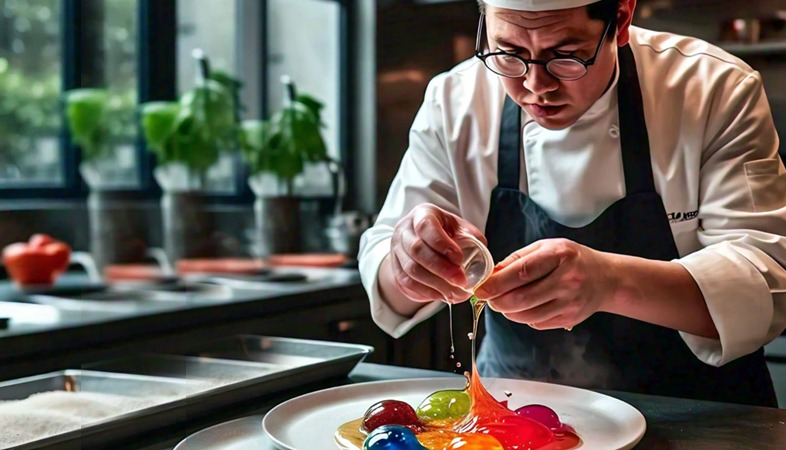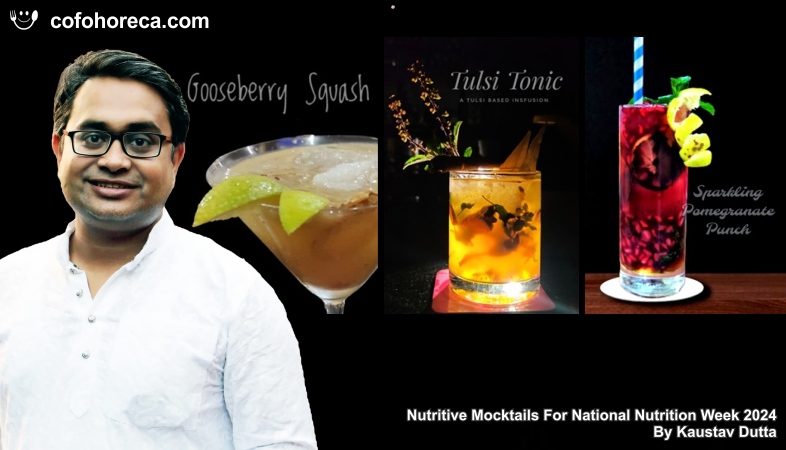SHARE
Commercials
More Posts
May 22, 2025
Malai Kofta - By Neelam Garg
Apr 10, 2025
Nutritive Mocktails - By Kaustav Dutta
Jun 15, 2025
Freeze-Drying at Home: A New Take on Preservation
May 22, 2025
Malai Kofta - By Neelam Garg
Apr 10, 2025
Nutritive Mocktails - By Kaustav Dutta
Jun 15, 2025
.png)



























